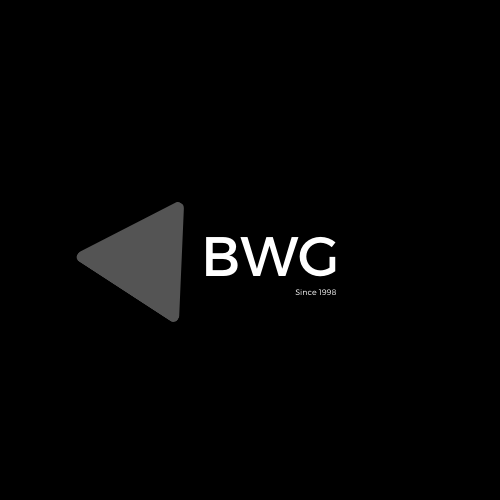Workplace 03
Workplace burnout is an increasingly recognized phenomenon in today’s fast-paced work environment, characterized by emotional exhaustion, depersonalization, and a diminished sense of accomplishment. While it might seem like a daunting issue, understanding burnout through a psychological lens can reveal opportunities for growth, resilience, and positive change. By addressing the factors contributing to burnout, organizations and individuals can foster a healthier work culture that promotes well-being and productivity.
At its core, burnout often stems from prolonged stress and overwhelming workloads. Many employees find themselves juggling multiple responsibilities, tight deadlines, and high expectations, leading to feelings of being constantly on edge. However, recognizing these stressors is the first step toward combating burnout. Psychologically, awareness is empowering; when individuals identify the signs of burnout, they can take proactive measures to address their mental health and overall well-being.
One effective strategy to combat burnout is fostering a positive work environment. Organizations that prioritize employee well-being create a culture of support and encouragement. This can include promoting open communication, providing resources for mental health, and recognizing employees’ achievements. When employees feel valued and appreciated, they are more likely to remain engaged and motivated, reducing the risk of burnout. Celebrating successes, whether big or small, can create a sense of community and belonging, enhancing overall job satisfaction.
Moreover, cultivating a growth mindset can significantly impact how employees perceive challenges and setbacks. A growth mindset, as proposed by psychologist Carol Dweck, emphasizes the belief that abilities and intelligence can be developed through dedication and hard work. When employees adopt this mindset, they view obstacles as opportunities for learning and growth rather than insurmountable barriers. This shift in perspective can help mitigate feelings of helplessness that often accompany burnout, encouraging resilience and adaptability.
Additionally, promoting work-life balance is crucial in preventing burnout. Organizations can support employees by encouraging them to take breaks, use their vacation time, and set boundaries between work and personal life. Flexible work arrangements, such as remote work or adjusted hours, can also contribute to a healthier balance. When employees feel empowered to manage their time effectively, they are less likely to experience the overwhelming stress that can lead to burnout.
From a psychological standpoint, self-care plays a vital role in combating burnout. Encouraging employees to engage in activities that promote relaxation and well-being can have a profound impact on their mental health. This can include mindfulness practices, physical exercise, and hobbies that bring joy and fulfillment. By prioritizing self-care, employees can recharge their emotional batteries and develop coping strategies to manage stress. Organizations can facilitate this by offering wellness programs, workshops, or resources that promote healthy habits.
Another important aspect of addressing burnout is fostering social connections within the workplace. Building strong relationships with colleagues can create a supportive network that helps individuals navigate challenges more effectively. When employees feel connected to their coworkers, they are more likely to share their experiences and seek support when needed. This sense of camaraderie can significantly reduce feelings of isolation and stress, ultimately contributing to a more resilient workforce.
Furthermore, providing opportunities for professional development can help employees feel a renewed sense of purpose and motivation. Engaging in training, workshops, or mentorship programs can reignite passion for one’s work and foster a sense of accomplishment. When employees see that their organization is invested in their growth, they are more likely to feel valued and committed, reducing the likelihood of burnout.
Psychologically, setting realistic expectations and goals is essential in preventing burnout. When employees are overwhelmed with unattainable targets, it can lead to feelings of inadequacy and frustration. Encouraging a culture of transparency regarding workloads and expectations allows employees to voice their concerns and seek assistance when needed. This collaborative approach not only alleviates stress but also fosters a sense of teamwork and shared responsibility.
Moreover, organizations can implement regular check-ins or surveys to gauge employee well-being and identify potential burnout risks. By actively seeking feedback, employers can address issues before they escalate, creating a proactive approach to mental health. This ongoing dialogue demonstrates a commitment to employee welfare and can lead to meaningful changes that enhance workplace culture.
In conclusion, while workplace burnout is a significant challenge in today’s work environment, it also presents opportunities for growth, resilience, and positive change. By fostering a supportive culture, promoting work-life balance, encouraging self-care, and facilitating social connections, organizations can create an environment that prioritizes employee well-being. Embracing a growth mindset and setting realistic expectations can further empower individuals to navigate challenges with confidence and adaptability.
Ultimately, addressing burnout not only benefits individual employees but also contributes to a more engaged, productive, and thriving workplace. By prioritizing mental health and well-being, organizations can cultivate a positive atmosphere where employees feel valued, motivated, and ready to tackle any challenge that comes their way.
Ultimately, addressing burnout not only benefits individual employees but also contributes to a more engaged, productive, and thriving workplace. By prioritizing mental health and well-being, organizations can cultivate a positive atmosphere where employees feel valued, motivated, and ready to tackle any challenge that comes their way.

